Summary
400">Honor 400 price and availabilityAfter testing the mixed Honor 400 Lite, today we're going to test the Honor 400 in short. With this one, the manufacturer absolutely wants to establish itself in the ultra-competitive mid-range sector, with a product that is certainly not necessarily cheap compared to the competition (like the Realme 14 Pro+, the Samsung Galaxy A56 or the Redmi Note 14 Pro+), but certainly not without arguments on paper. Between its promising design and its system boosted with AI everywhere, does it have the weapons it needs? The question is all the more legitimate since part of its technical sheet is weaker in certain areas than that of the Honor 200 (decreasing RAM, no telephoto lens, etc.), while improving in others (battery life, screen, etc.) and lowering the price. Is the balance right? Here is our answer.
Price and availability of the Honor 400
The Honor 400 is sold in two versions, 256 GB of storage for €500, and 512 GB for €580. Three colors are available: silver, black and gold.
Design: finesse and class at the rendezvous
One thing is immediately clear when you have the Honor 400 in your hands: people looking for a thin and compact smartphone have found an excellent candidate. Not too big compared to much of the competition and quite thin (156.5 x 74.6 x 7.3 mm) and light (184 g), this smartphone offers a well-balanced body, with the camera block protruding very little. The back of the terminal has a frosted surface that feels very pleasant under the fingers and prevents marks, while the edges are made of metal, for a very successful overall result.
Honor 400 © Guillaume du Mesgnil d’Engente – 01net.comThe placement of the buttons and other elements on the edges is perfectly classic: USB-C at the bottom with SIM slot (without microSD), power and volume buttons well placed on the right edge. Speakers, at the top and bottom, are also there, as is an infrared port. Note, however, the absence of the multifunction button, which was offered on the Honor 400 Lite. A surprising choice given the strong emphasis on AI for this version, but let's admit it.
The camera block has an atypical four-sided triangle shape (what?), with finishes that reflect the entire terminal: convincing. Each module is surrounded by metal, and the whole thing is pleasing to the eye, even if it doesn't offer a completely flat device. The overall grip is also particularly comfortable, while Honor promises a drop-resistant device, but it's only IP65 certified (dust and splash resistant). So, you won't want to drop it in water. The front camera is a classic discreet punch at the top of the screen, the fingerprint reader is located under it, and a perfect transition...
Screen: very Bright and well-calibrated
The Honor 400 sports an AMOLED panel of “only” 6.55 inches (2736 × 1264 pixels). With its very rounded body, and despite a good screen coverage (90.2%), beware of the possible loss of content display in the corners. But this is only a detail as the proposed panel is convincing. With a generous maximum brightness measured at 1593 cd/m², there is no problem using it in all situations, in SDR as in HDR. Honor has also well-calibrated its terminal, which flatters the retina while being fair: with a Delta E 2000 measured at 3.49 in the default vivid mode, this even drops to 2.46 with more natural colors, i.e. below the 3 mark where the eye begins to see the difference. Finally, as 2025 requires, it is possible to go up to 120 Hz on the display frequency side, with the possibility of automatically using 60 Hz when relevant.
Performance: fast despite less RAM
No new chip here, the Honor 400 is once again equipped with the convincing Snapdragon 7 Gen 3 SoC and a GPU part provided by an Adreno 720. We may regret the presence of not 12, but “only” 8 GB of RAM (extended by 8 virtual GB in addition). However, the smartphone proves to be perfectly comfortable in everyday use. Unless you have launched a large number of demanding applications, the interface is always responsive and the in-game performance is quite satisfactory for this price range. It is possible to increase the graphics without sacrificing too many frames per second in the biggest 3D titles, and more modest games run like a charm. The vast majority of players will find it suitable, no need to invest in more unless you absolutely want to play in ultra at 120 FPS.
The only real downside could be the heating. It's not enough to burn yourself, far from it, since our probe measured a maximum temperature of 36.7°, but it is definitely present during power-hungry scenarios or when recharging.
Audio: Sufficient stereo sound
The Honor 400's dual speakers perform with honors. Their stereo sound is convincing for listening to dialogue, but also music, even if it's a bit edgy. The mids and highs are quite well reproduced, even at high volumes. The bass is quite discreet, as is the saturation. In short, a perfectly good extra.
Photo: a very good student, by day
For this new device, Honor has decided to focus on a duo, not a trio, of rear sensors. The main one is a 200 MP wide-angle (f/1.9, OIS), while a 12 MP ultra-wide-angle (f/2.2) completes it. On the front, there's a generous 50 MP sensor that lets you take selfies.
Let's start, unsurprisingly, by looking at the wide-angle sensor. Apart from a few chromatic aberrations observed in the moiré areas, Honor's solution is excellent. Contrast management is good (see the photo of the church below), the level of detail is good, and the colors (a little more on this below) are convincing. When the brightness is perfect, the rendering is just as perfect, and even when the light is lowered, the smartphone compensates quite well without ruining the rendering.
Let's move on to the ultra wide-angle lens. It proves to be valiant in daylight, despite the brightness being lower than that of the wide-angle lens (this is particularly evident in the photo of the banks of the Rhône below). We can note a loss of detail in the corners of certain shots (like the leaves below), but overall the solution is quite usable and fairly balanced in its rendering. Let's not forget that we are in the mid-range here.
Regarding colorimetry, it's worth noting that Honor is one of the only companies to offer three modes in the interface before capturing. If the default vivid color mode seems a bit over the top and sometimes plays with reality to add some zing to your shots, head for the natural profile, which is more reasonable and realistic, but less vibrant. Authentic at last “creates a narrative atmosphere through the interplay of light and shadow and a strong expression of color“, ideal for budding artists.
As discussed further in the software section below, Honor equips its terminal with a large number of tools powered by AI to enhance your shots. But before you edit them, artificial intelligence is used to power the Super Zoom feature. This is designed to compensate for the lack of a telephoto lens in this smartphone and still digitally zoom up to x30, avoiding maximum loss of quality.
In practice, photos taken at x2 and x4, or even slightly higher, are very convincing. The level of detail remains very good and the lack of a telephoto lens is compensated for. When you go beyond x10, however, despite an ok result in good lighting conditions and not being too far from your subject, you should not zoom too far, at the risk of obtaining a mush of pixels or overly aggressive smoothing of textures, especially at night. Transition, once again…
As is often the case when you're moving away from the high-end range, the result is less perfect at night. First of all, note that the Honor 400 doesn't automatically switch to night mode when the light is low, and this mode requires you to remain very still to obtain an image whose difference, ultimately, is certainly not immediately obvious compared to normal mode. In addition, while some light sources in the image are well managed, other times, it's a festival of flares. Also, beware of blur in certain situations.
More generally, in a minimally lit urban environment, the main sensor does a good job of capturing light and delivering fairly sharp and detailed shots without affecting the colorimetry too much. As soon as the conditions are less favorable, however, noise and smoothing are invited to the party, while the ultra-wide-angle sensor is, as in daytime, less good at capturing light. Not enough to throw away your photos, but at night the Honor 400 will be more at home in the city than elsewhere.
When it comes to taking portraits, the Honor 400 offers very convincing results with the rear or front sensors, even in backlighting. Applying the blur can be a bit barbaric with the beard hairs sticking out, but nothing dramatic.
Finally, for video recording, nothing very classic, with a maximum capture in 4K at 60 FPS. This capture method takes the good points of the main sensor, particularly in terms of stabilization and 2x zoom.
Autonomy: a solid silicon-carbon battery
The Honor 400 is powered by a 5300mAh silicon-carbon battery. Like the Honor Magic 7 Lite, this makes it a champion in terms of battery life. Our mixed test brings it close to 14 hours, while in practice it is largely possible to last the day with intensive use, or even two days in the case of reasonable use (at home on WiFi with few notifications, for example).
The observation is also solid on the charging side. Compatible with wired charging (unfortunately not wireless), the Honor 400 only needs 1 hour 32 minutes to fully recharge and 10 minutes is enough to reach a comfortable 26%. All this is certainly better than for the Honor 400 Lite, whose autonomy is one of the weaknesses. When watching a Netflix episode over WiFi, you should expect to consume about 4% of the battery.
Software: AI, do you want some, but not that
The Honor 400 comes with Android 15 via the MagicOS 9.0 overlay (with a comfortable 6 years of updates planned). If we omit one of the worst doses of bloatware on the market, the software part of this smartphone is very complete and pleasant to use. Customization is rich, the arrangement of each feature is relevant, and the whole thing avoids overload despite the presence of numerous tools (Game Center, widgets, screen customization, sidebar, etc.). Like more and more Android terminals, this one also adopts the very practical display of notifications by scrolling from the top left of the screen, and quick settings from the right. In short, MagicOS is one of the best overlays on the market, being both comprehensive and practical.
The main argument of this terminal to tickle the high end is the inclusion of numerous AI-related tools. In addition to Gemini, the artificial intelligence of this terminal is illustrated here via AI Voice (translation and transcription of text and audio, subtitling, etc.), text generation, deepfake detection, and even the photo side beyond the zoom mentioned in the photo section. Magic eraser, enhancement, cropping, or image extension... everything is there to enhance (but not always...) your photos with the help of artificial intelligence. Not everyone will definitely need all of this, but their presence in a mid-range device is still a real plus.

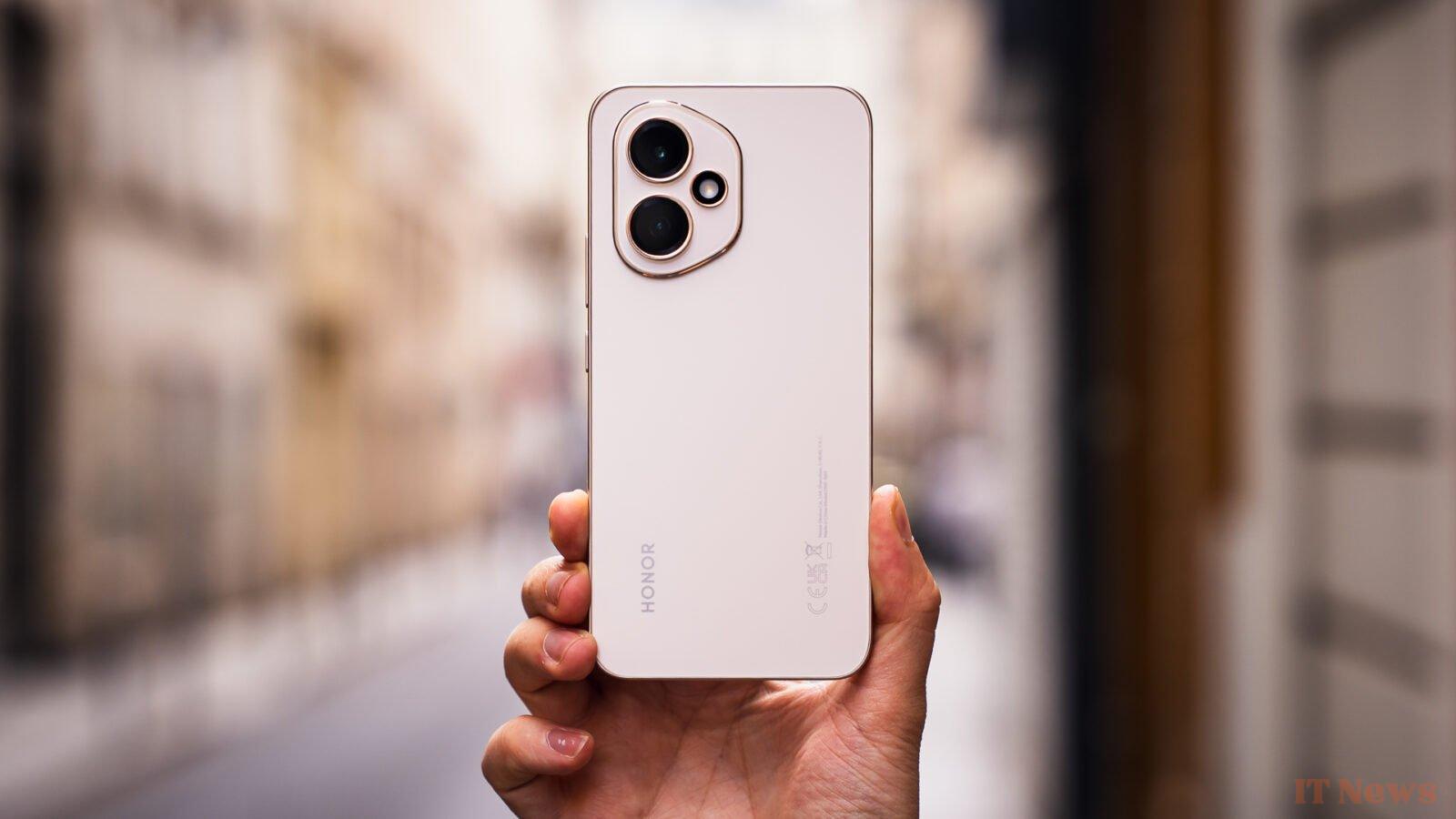
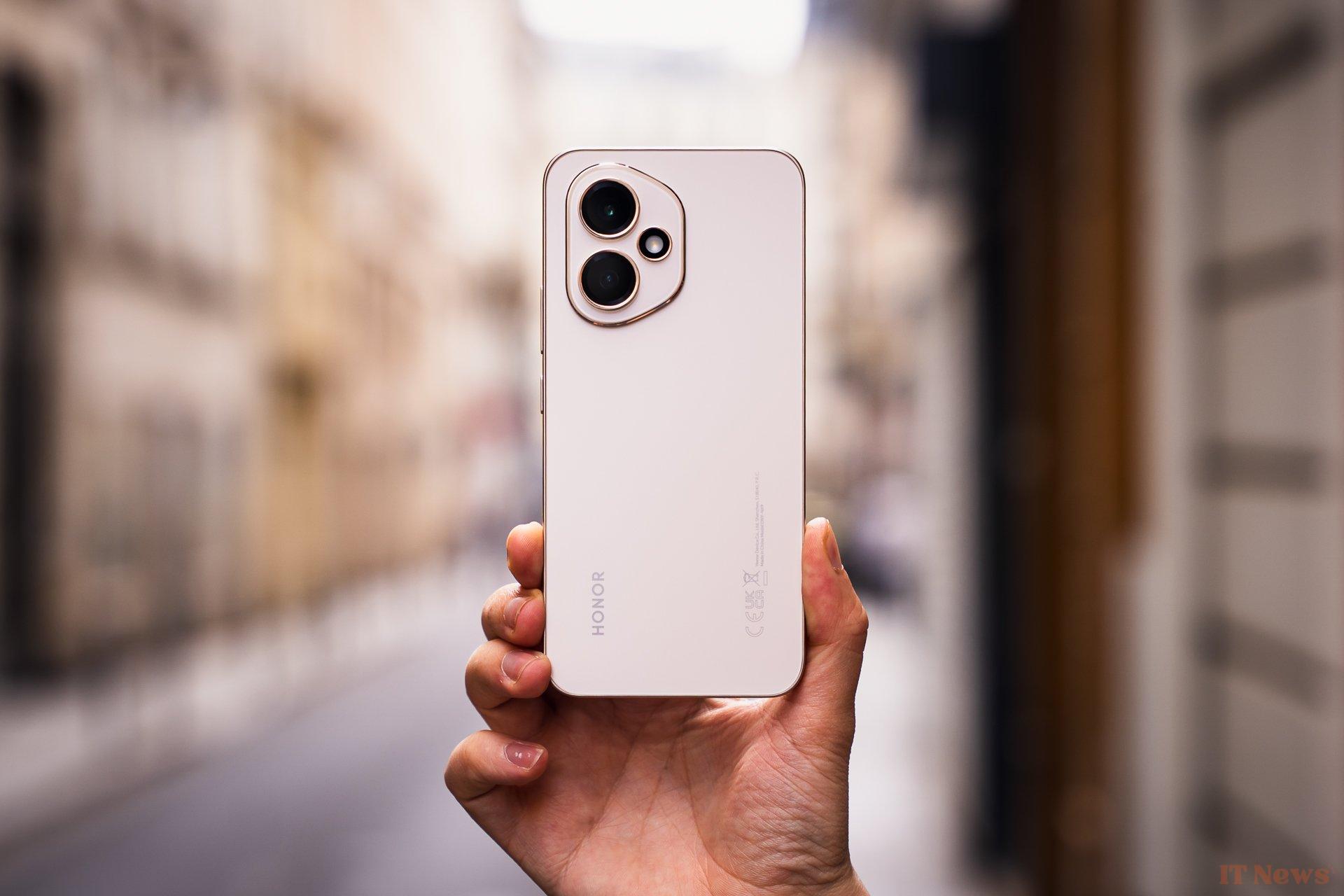

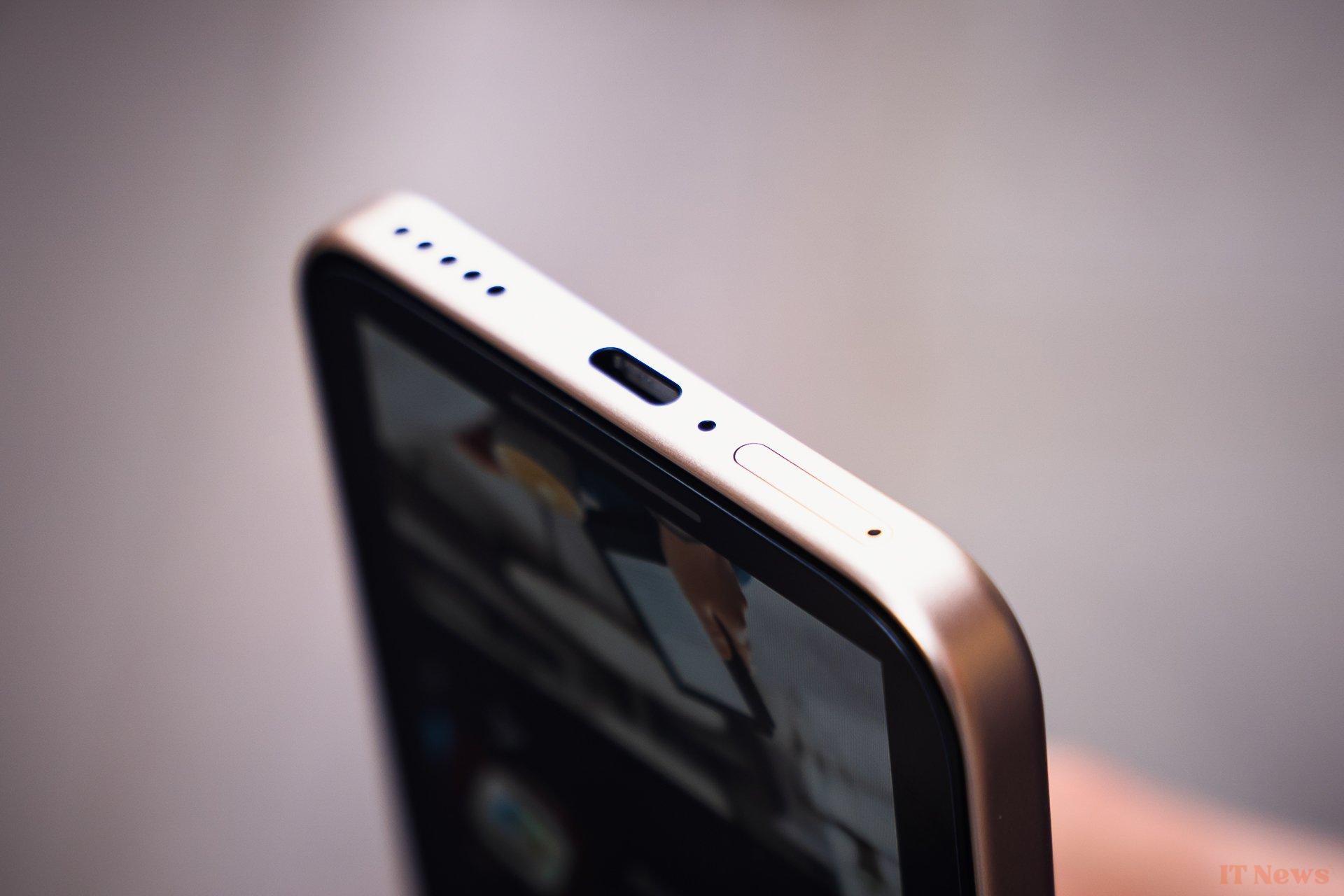
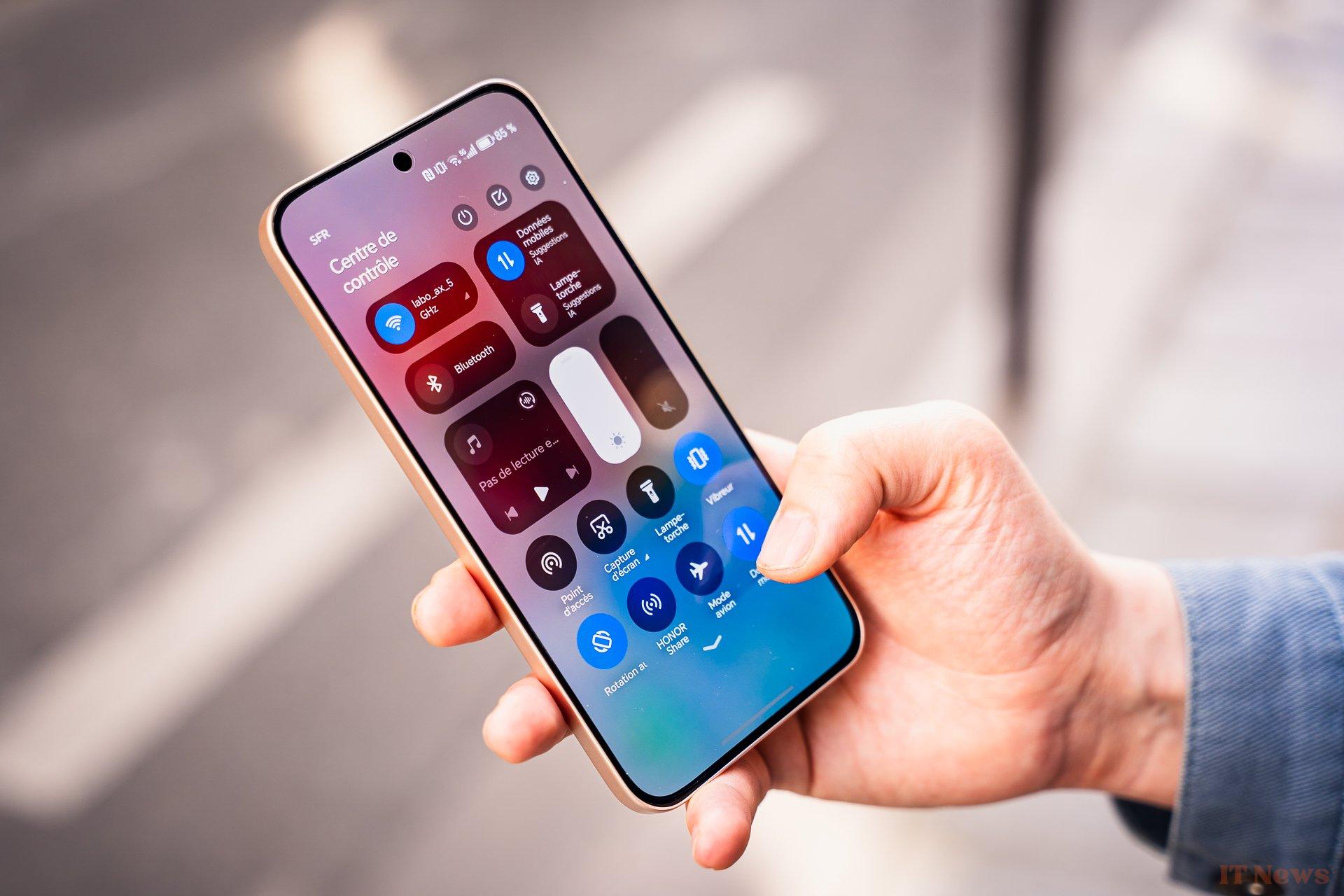
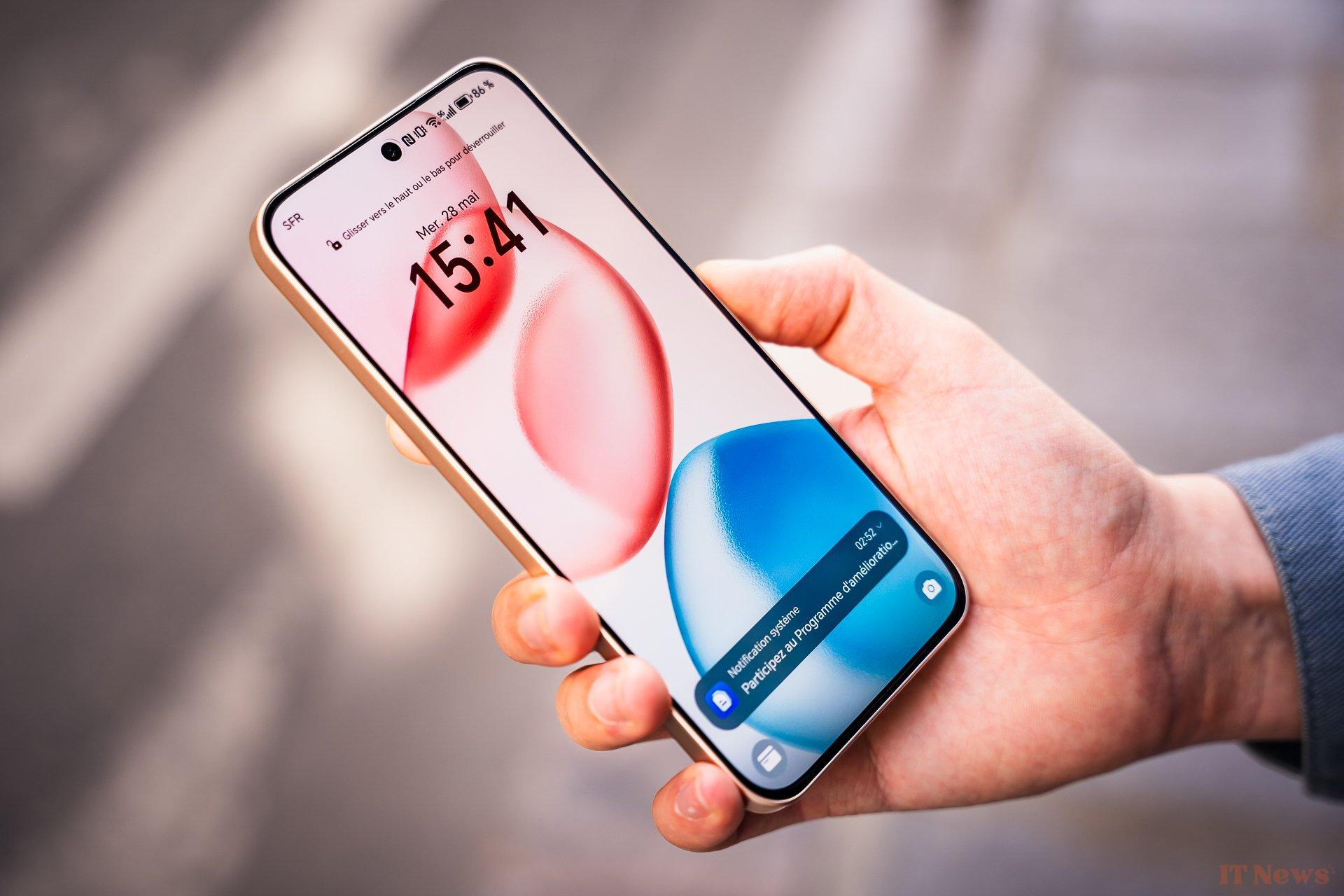
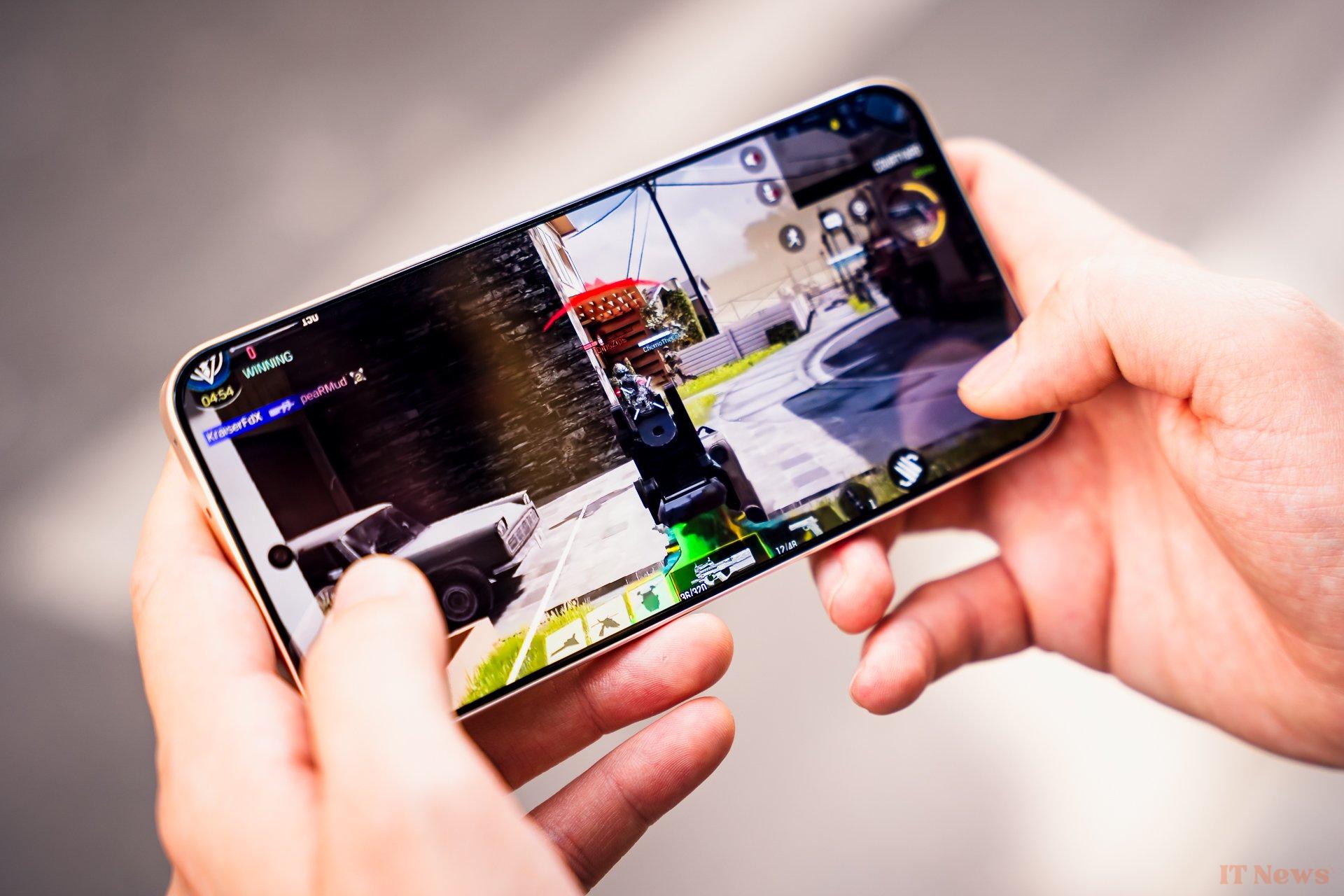
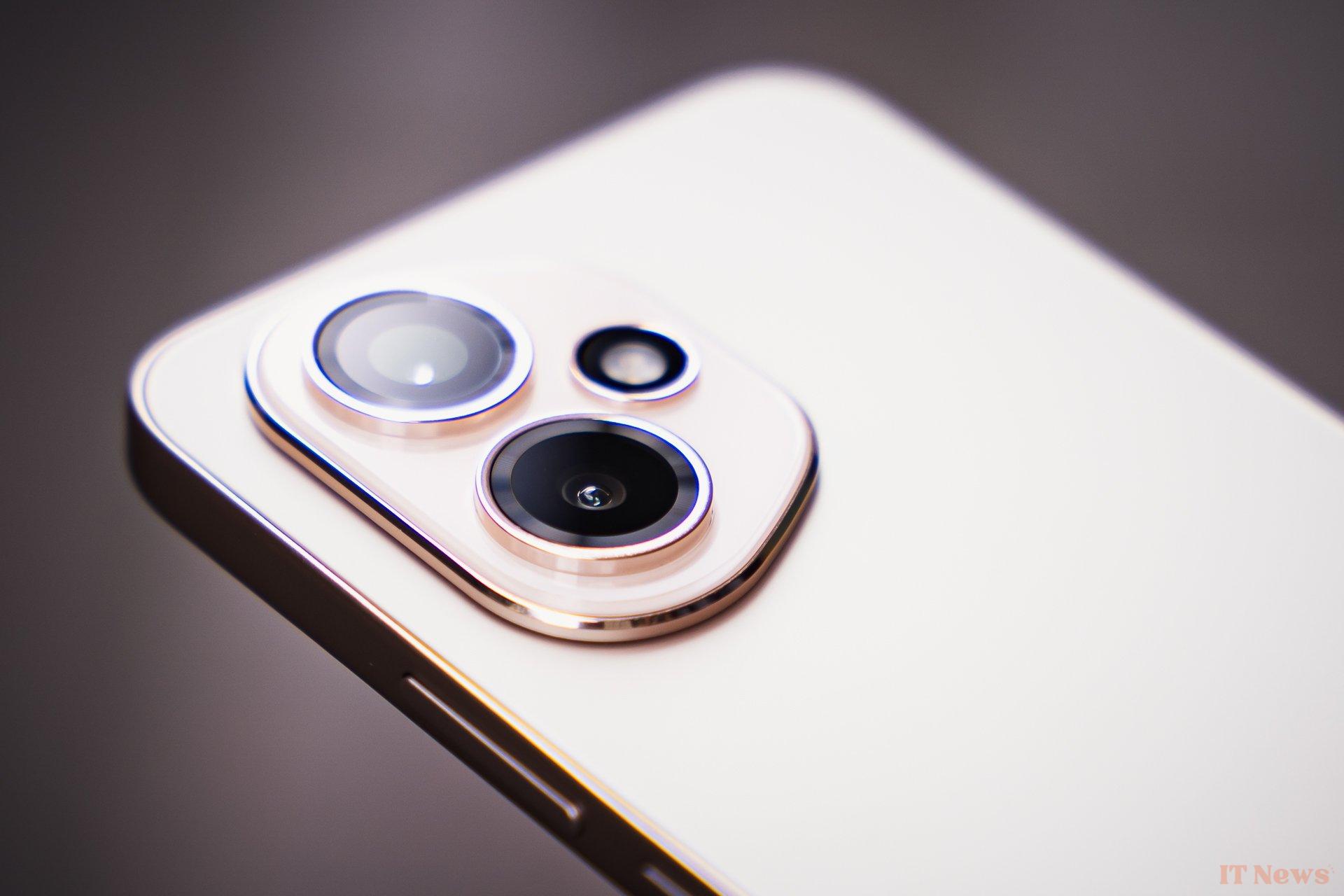
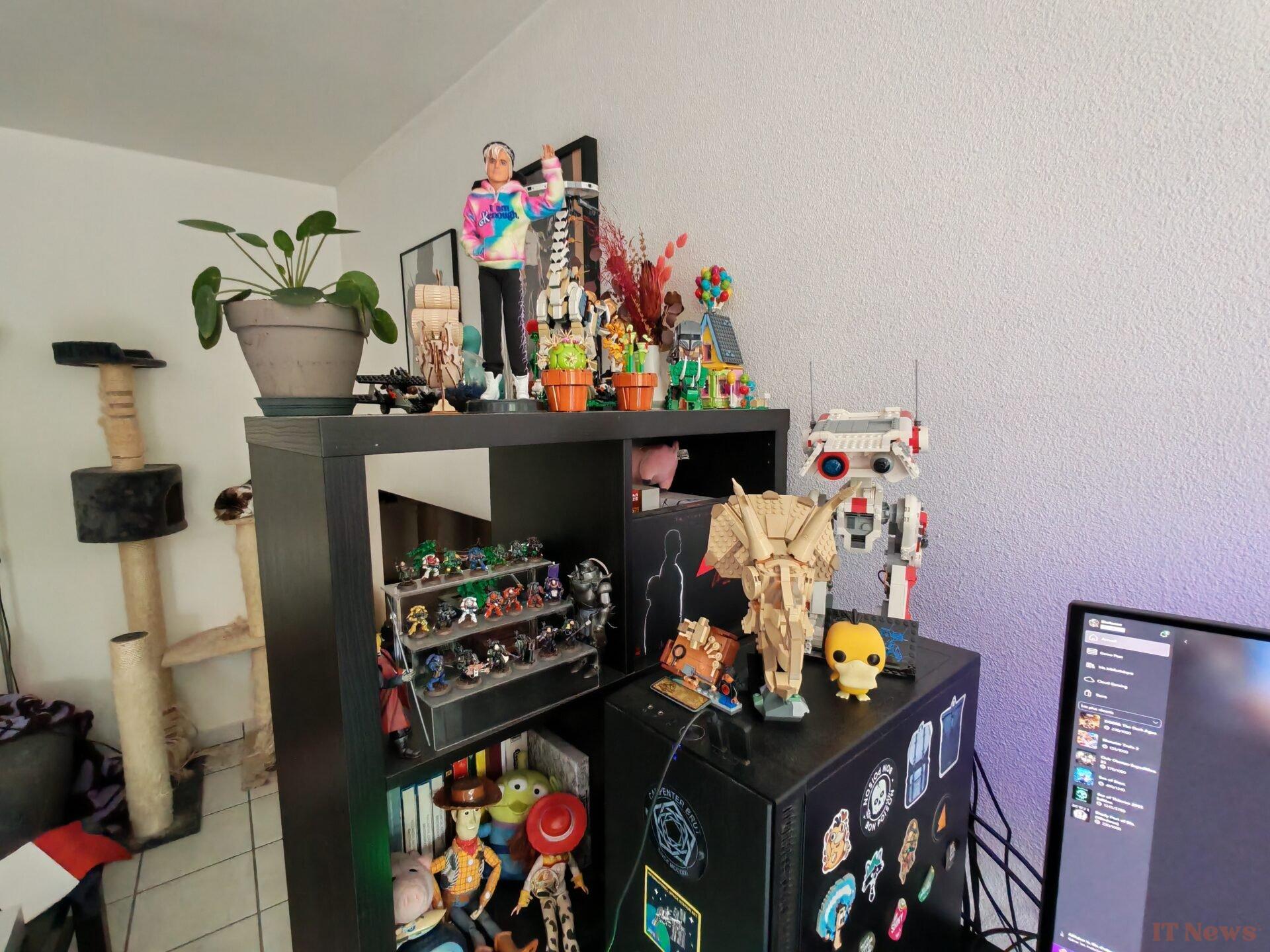
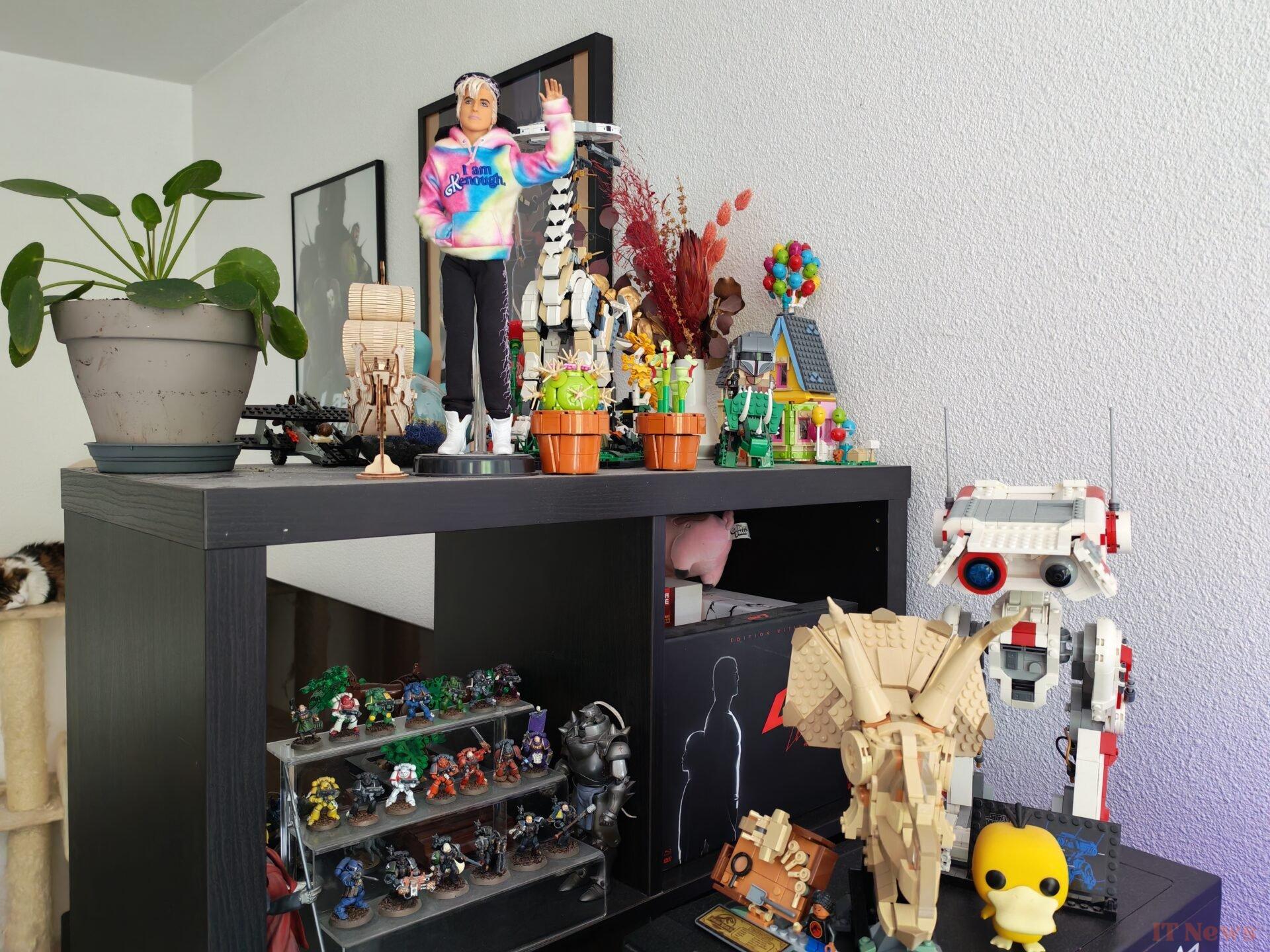




































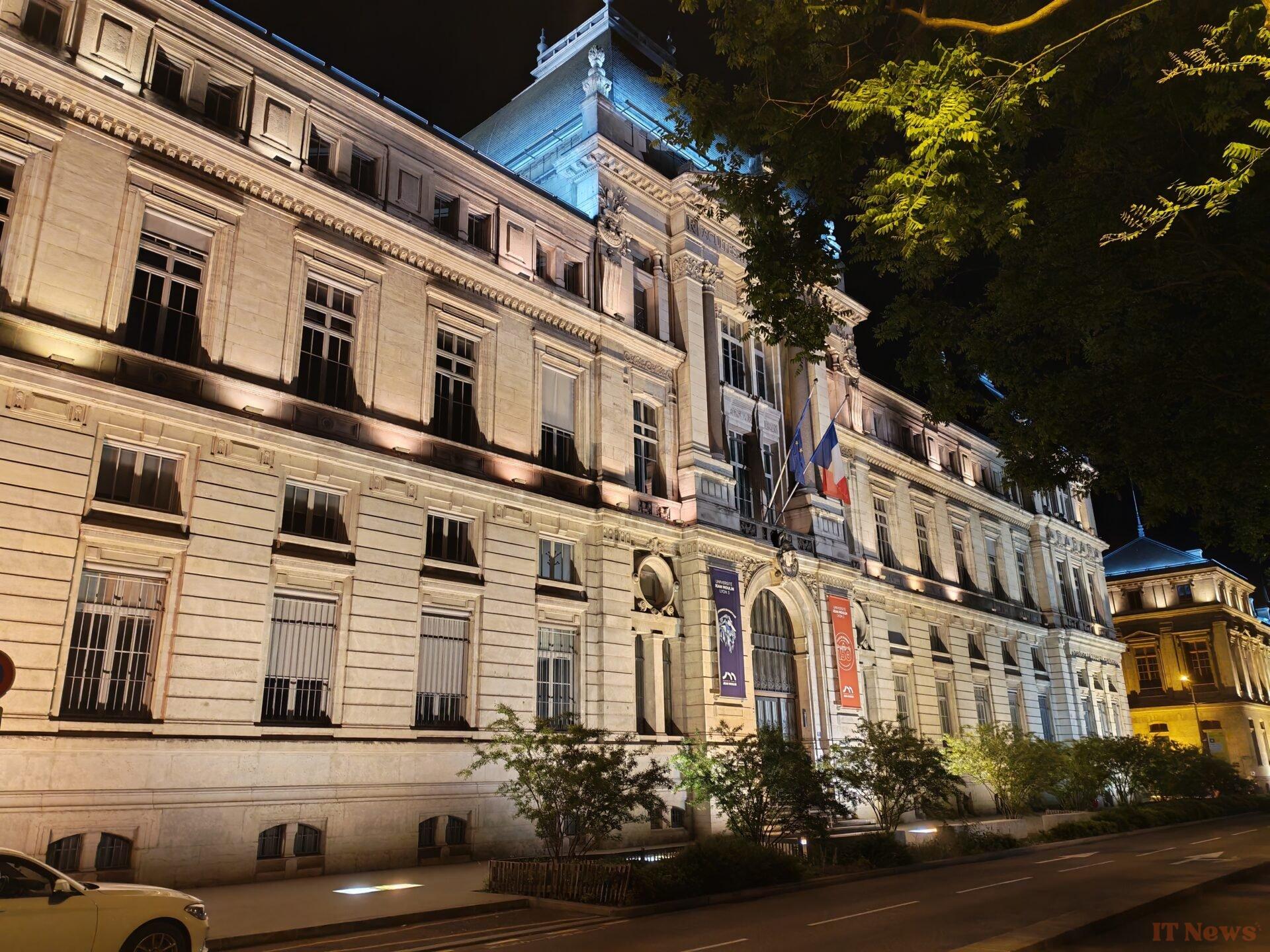






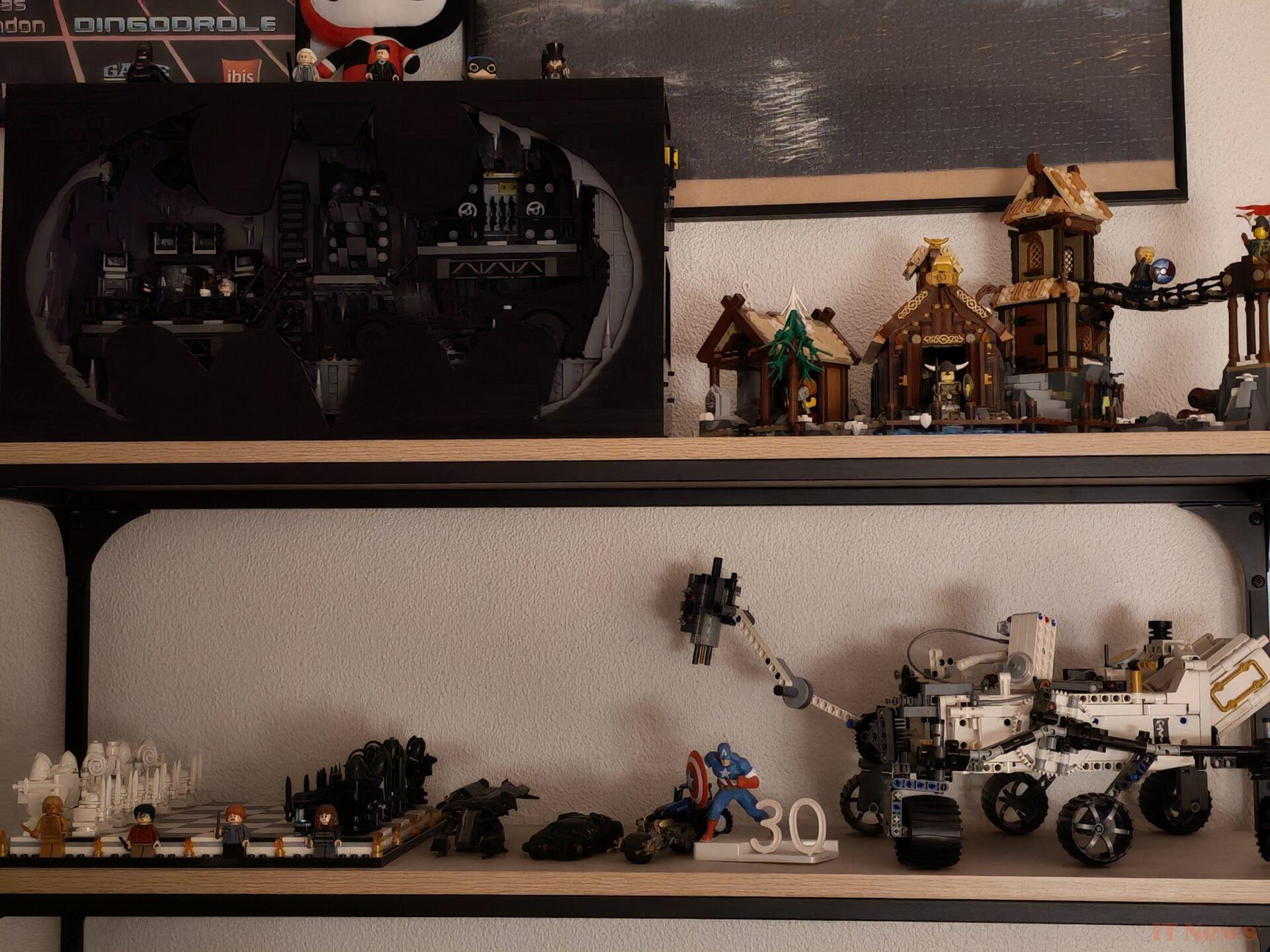












0 Comments